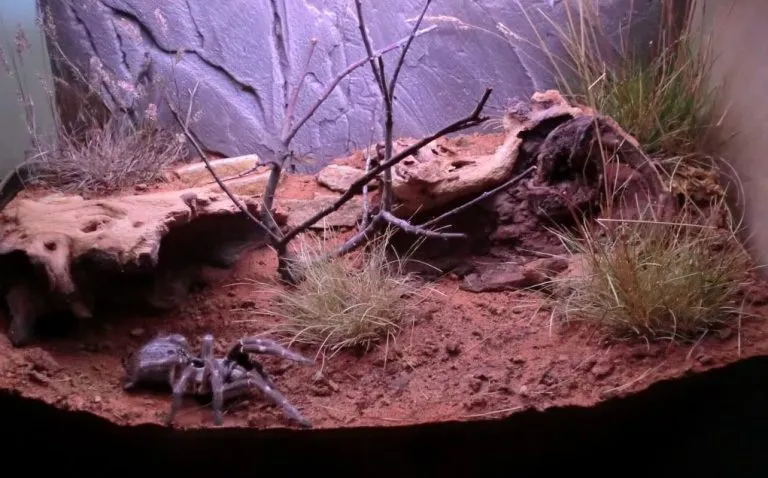Planning Your Tarantula Enclosure
Creating the best tarantula enclosure is a crucial first step in responsible tarantula ownership. Proper planning ensures the health, safety, and well-being of your eight-legged friend. A well-designed enclosure provides a suitable environment that mimics the tarantula’s natural habitat, reducing stress and promoting healthy behavior. Before you even consider purchasing a tarantula, thorough research into their specific needs is essential. Different species have varying requirements for temperature, humidity, and substrate. This initial planning phase will save you time and potential issues down the line. Understanding your tarantula’s needs will directly influence the size, material, and features of the enclosure you ultimately choose. Avoid making impulse decisions; take the time to plan and research to create the optimal home for your tarantula. This thoughtful approach is a cornerstone of responsible tarantula care.
Choosing the Right Enclosure Size
Selecting the correct enclosure size is fundamental to the best tarantula enclosure. Too small, and your tarantula will feel cramped, experience stress, and struggle to move around. Too large, and the tarantula may feel exposed, which also leads to stress and makes it harder to find food. A good rule of thumb is to provide an enclosure that is at least three times the tarantula’s leg span in width. This allows for sufficient space for movement, burrowing (for terrestrial species), and the establishment of a comfortable microclimate within the enclosure. Remember that tarantulas are ambush predators and don’t require a massive space, unlike some other pets.
Factors Influencing Enclosure Size
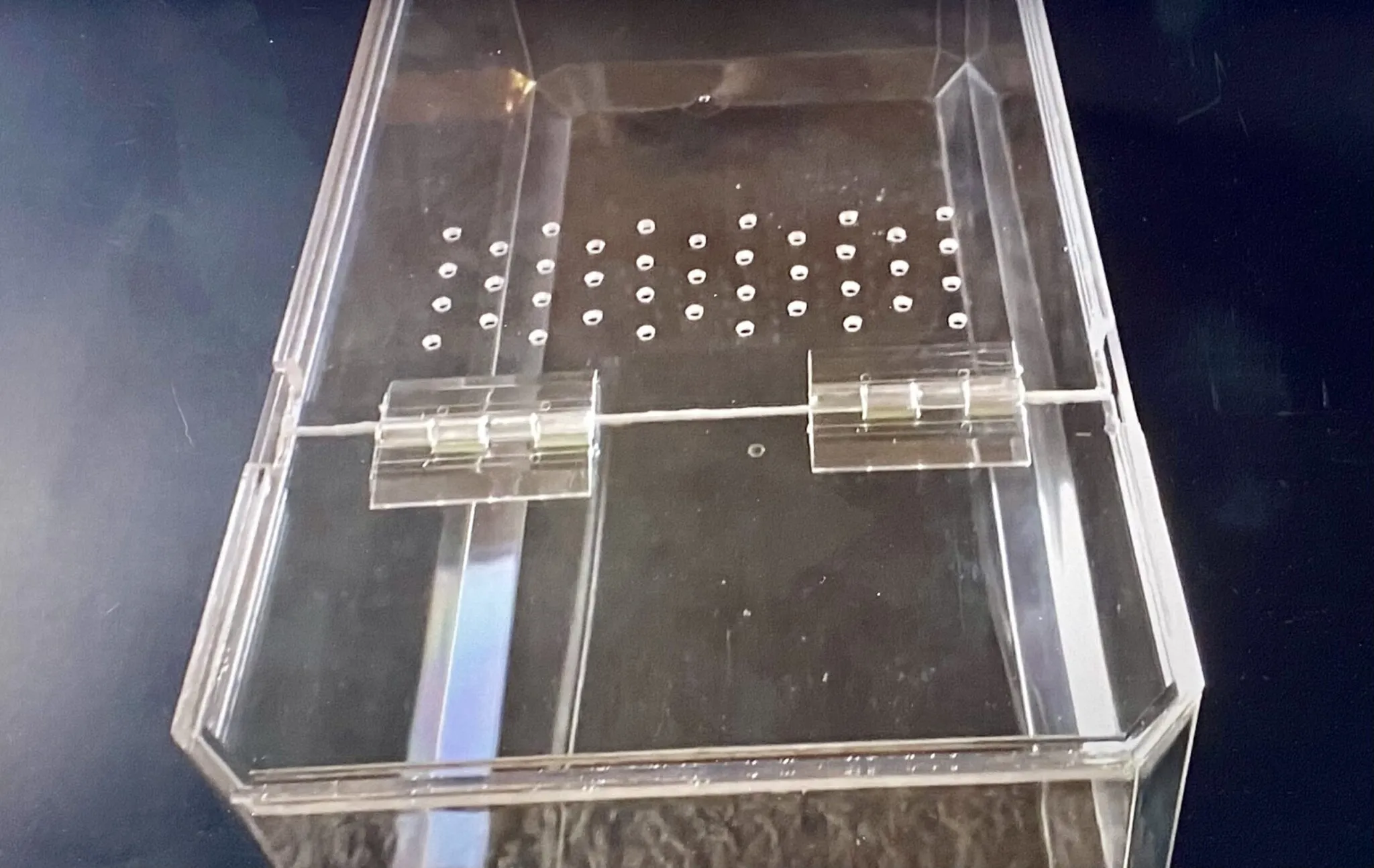
Several factors influence the ideal enclosure size. The tarantula’s species, its adult size, and its terrestrial, arboreal, or fossorial lifestyle all play a significant role. Arboreal species, which live in trees, require taller enclosures, allowing for climbing and the creation of vertical space. Terrestrial species, which live on the ground, need more floor space for walking and burrowing. Fossorial species, which burrow underground, need enclosures with a deep substrate layer for digging. The tarantula’s growth stage is another important consideration. Spiderlings require smaller enclosures initially, with the enclosure size increasing as they molt and grow. Always consider the ultimate size of the tarantula when choosing an enclosure for a juvenile to avoid having to upgrade frequently.
Material Selection for Your Enclosure
The material used for the tarantula enclosure significantly impacts its suitability and ease of maintenance. The best tarantula enclosure can be made from glass or acrylic, both offering distinct advantages. Ventilation is also paramount. The material should allow for proper airflow to prevent the buildup of stagnant air and humidity, which can promote mold and bacterial growth. The material should also be durable and easy to clean, ensuring a healthy and hygienic environment for your tarantula. The choice often comes down to personal preference, budget, and the specific needs of your tarantula species.
Glass Enclosures
Glass enclosures are a popular choice due to their clarity and ability to retain humidity. They allow for excellent visibility, making it easy to observe your tarantula. Glass is also relatively easy to clean and sanitize. However, glass enclosures can be heavier and more prone to breaking than acrylic alternatives. They also have less insulation, which means that they may require more careful monitoring and adjustment of temperature, especially in environments with significant temperature fluctuations. Ensure the glass is strong enough to withstand any potential impacts and that the lid is secure and well-ventilated.
Acrylic Enclosures
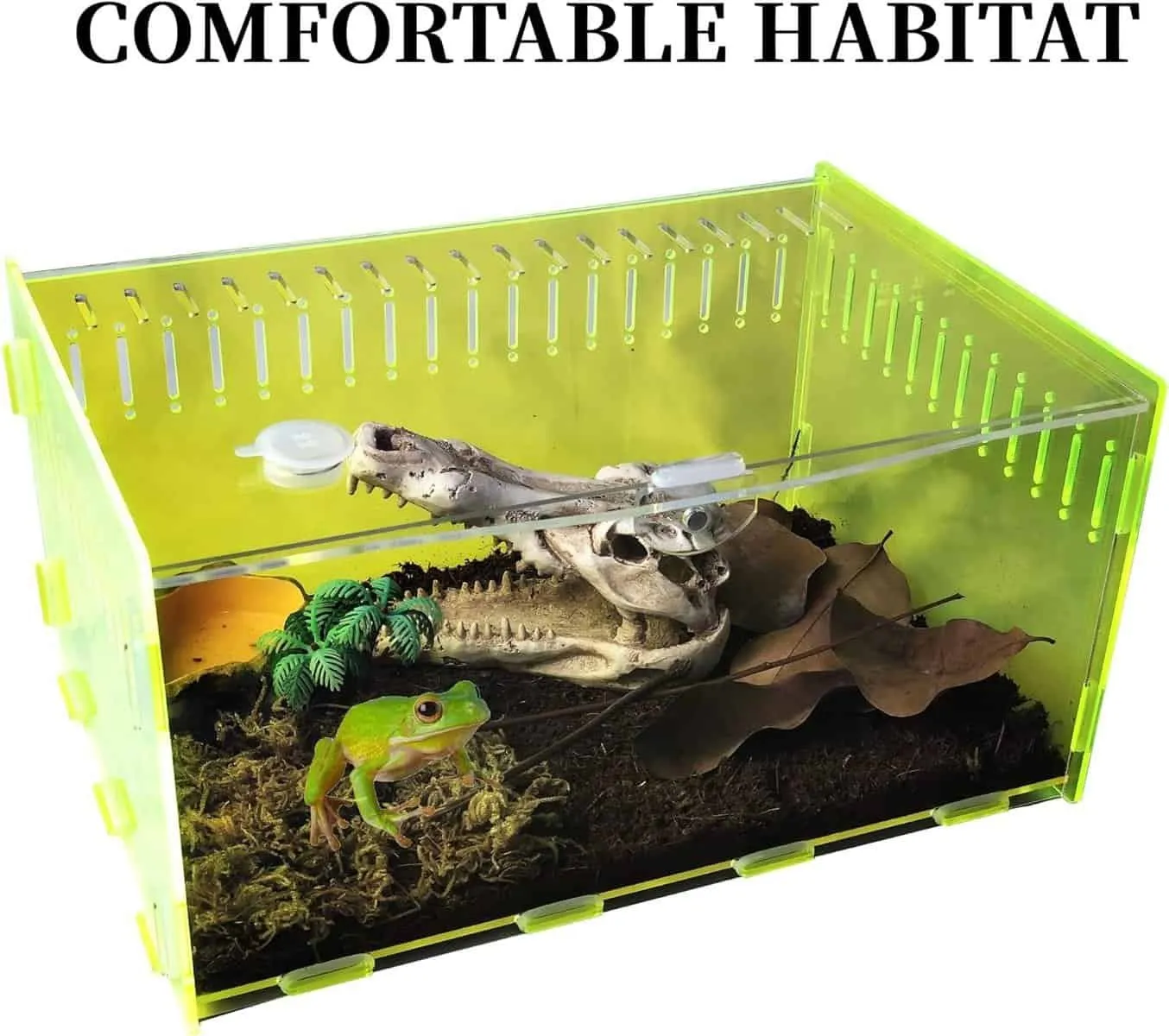
Acrylic enclosures are known for their lightweight nature and superior insulation properties. Acrylic is also more resistant to breakage than glass, which is a significant safety advantage. Acrylic offers excellent clarity, similar to glass, allowing for easy observation of your tarantula. However, acrylic is more prone to scratching than glass, so it’s essential to handle it with care during cleaning and maintenance. Some acrylic enclosures also have ventilation built-in. The key is to balance the benefits, such as safety and insulation, with the need for careful handling to prevent scratches and ensure longevity.
Ventilation and Airflow in the Enclosure
Proper ventilation is a critical aspect of the best tarantula enclosure. Adequate airflow helps to regulate humidity, prevents mold and mildew growth, and ensures fresh air circulation within the enclosure. The enclosure should have ventilation openings, preferably on the sides and top, to facilitate cross-ventilation. The size and placement of ventilation holes depend on the specific species and the humidity requirements. Ensure the ventilation is secure enough to prevent escape, but also allows for sufficient airflow. Stagnant air can lead to respiratory problems and other health issues for your tarantula. Regularly inspect the ventilation openings to ensure they are not blocked by substrate or debris.
Setting Up the Substrate and Habitat
Once you’ve chosen the enclosure and the material it is made of, it’s time to prepare the habitat. This step involves selecting the substrate and adding appropriate decorations and hiding places to create a stimulating and comfortable environment for your tarantula. The substrate provides a base for the enclosure and plays a crucial role in maintaining humidity levels, which is especially important. The decorations add visual interest and offer the tarantula opportunities to explore and exhibit natural behaviors. The goal is to replicate the tarantula’s natural habitat as closely as possible.
Choosing the Right Substrate
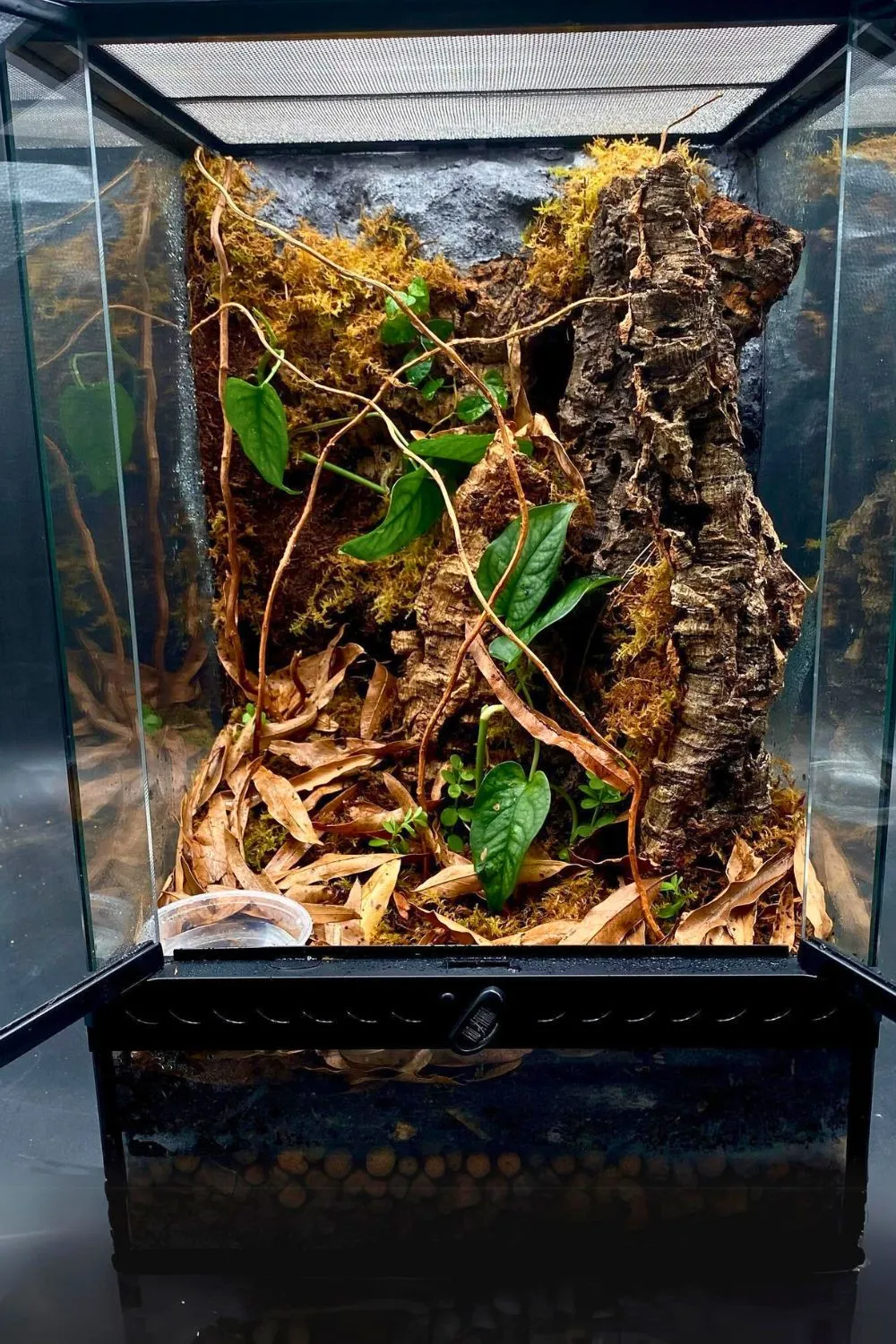
The substrate is the foundation of your tarantula’s habitat and is crucial for the best tarantula enclosure. The type of substrate you choose will depend on the species of tarantula and their specific needs. Commonly used substrates include: coconut fiber, peat moss, and vermiculite. These materials hold moisture well, which helps maintain humidity levels. You can also consider using a mix of substrates to provide a more varied and natural environment. Avoid using substrates that are toxic or chemically treated. The depth of the substrate is also important, particularly for burrowing species, which require a deep layer to create burrows. Always research the specific requirements of your tarantula species to determine the optimal substrate and depth.
Adding Decorations and Hiding Places
Decorations and hiding places enrich the tarantula’s environment and contribute to their overall well-being. They offer a sense of security and provide opportunities for the tarantula to express natural behaviors, such as hiding, ambushing prey, and resting. Suitable decorations include cork bark, artificial plants, and sturdy branches. Avoid sharp objects or anything that could pose a risk of injury to your tarantula. Ensure any decorations are clean and free of pesticides or chemicals. Providing a secure hide is essential, especially during molting periods. The hide should be appropriately sized for the tarantula and provide a dark, enclosed space where they can feel safe and protected.
Maintaining Humidity and Temperature
Maintaining the correct humidity and temperature levels is essential for the health and well-being of your tarantula. These environmental factors significantly impact their ability to molt successfully, digest food, and thrive overall. Monitoring and adjusting these parameters regularly is a key part of responsible tarantula care. The ideal humidity and temperature ranges vary based on the species, so research the specific needs of your tarantula. Investing in a reliable hygrometer and thermometer is crucial to accurately measure and monitor these conditions within the enclosure.
Monitoring Humidity Levels
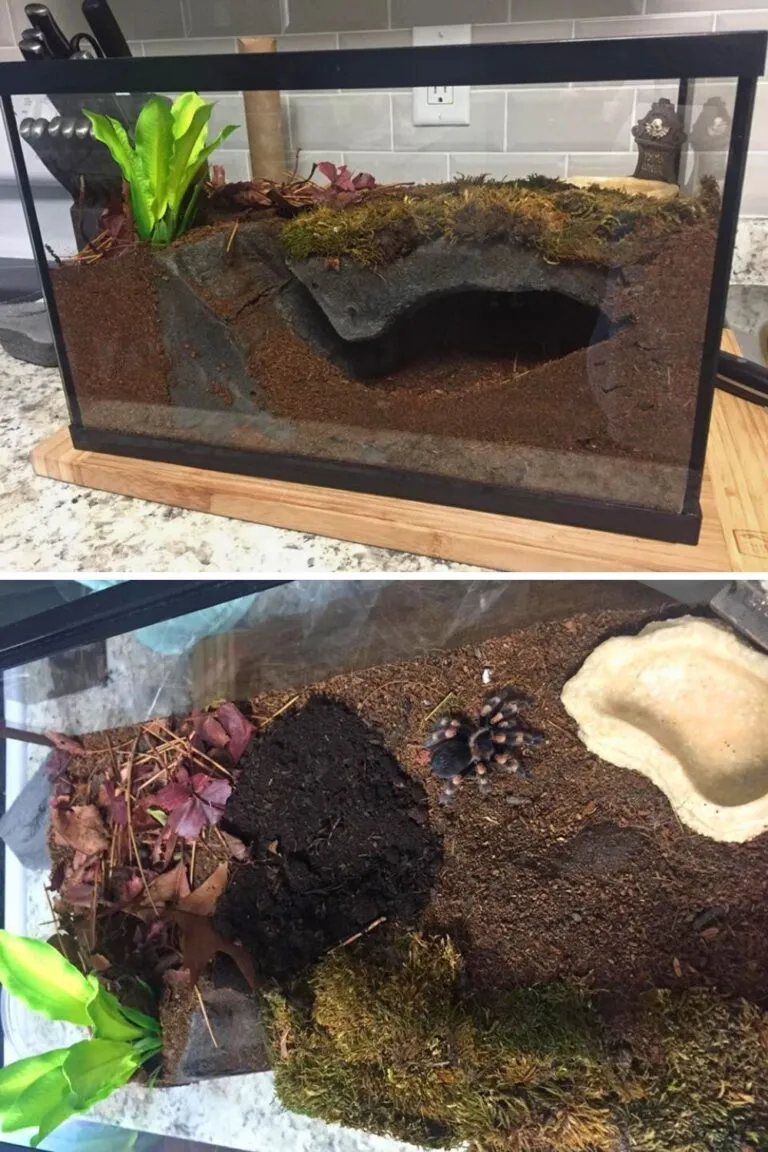
Humidity is a critical factor in the best tarantula enclosure and is especially important for successful molting. The appropriate humidity level varies depending on the species of tarantula, and the key is to research the specific requirements of your pet. Use a hygrometer to monitor humidity levels within the enclosure accurately. Methods for increasing humidity include misting the enclosure with water, adding a water dish, and using a substrate that retains moisture well. If the humidity is too high, ensure adequate ventilation and reduce misting frequency. Monitor the substrate for mold or mildew, as these can indicate excessive humidity. Regular observation and adjustments are key to keeping humidity levels within the optimal range.
Maintaining Optimal Temperature
Temperature directly affects a tarantula’s metabolism, activity level, and overall health. Most tarantula species thrive in temperatures ranging from 75°F to 85°F (24°C to 29°C). Use a thermometer to monitor the temperature inside the enclosure. In most homes, supplemental heating is usually not needed. If the enclosure is too cold, you can use a heat mat or ceramic heat emitter, but always be cautious to avoid overheating. Never place a heat source directly inside the enclosure, as this can burn your tarantula. Ensure the heat source is regulated with a thermostat to maintain a consistent temperature. Avoid direct sunlight, as it can cause temperature spikes within the enclosure.
Providing Water for Your Tarantula
Providing access to fresh water is essential for your tarantula’s health and hydration. Tarantulas need a constant supply of water to survive, and the best tarantula enclosure incorporates this in a safe and accessible way. Dehydration can lead to various health problems, including difficulty molting and reduced activity levels. Offering a water source that is easy to access and clean is vital.
Water Dish Options
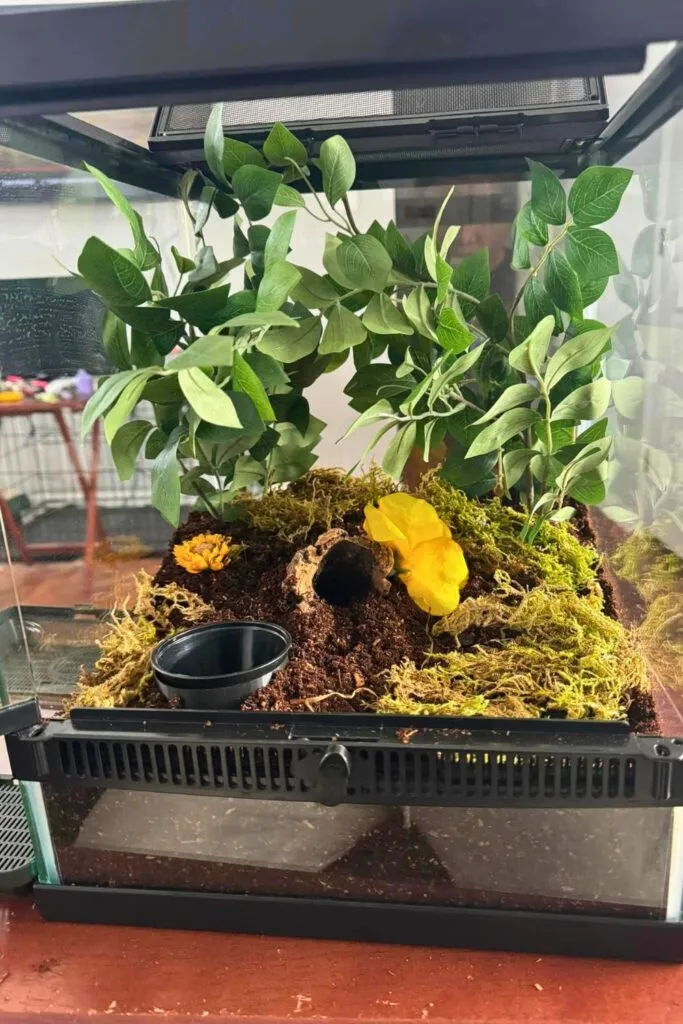
The water dish should be shallow enough to prevent drowning, especially for smaller tarantulas, but large enough to provide adequate water. Options include shallow dishes specifically designed for reptiles and amphibians, bottle caps, or small, stable containers. Select a water dish that is easy to clean and does not tip over easily. Place a few pebbles or marbles in the water dish to provide additional grip and prevent the tarantula from falling in.
Placement of the Water Dish
The water dish should be placed in a location that is easily accessible to the tarantula, away from the heat source (if one is used). Regularly check the water dish to ensure it is clean and filled with fresh water. Clean the dish at least once a week or more frequently if it becomes soiled. Using a clean, fresh water source helps prevent the spread of bacteria and ensures your tarantula has access to clean drinking water.
Safety and Security
Ensuring the safety and security of your tarantula is a top priority. Tarantulas are capable of escaping, and a lost tarantula can be challenging to find and potentially dangerous to family members or other pets. The best tarantula enclosure will have features to prevent escapes and maintain a safe environment for both the tarantula and its keepers. Taking precautions and implementing safety measures can prevent unwanted situations.
Preventing Escapes
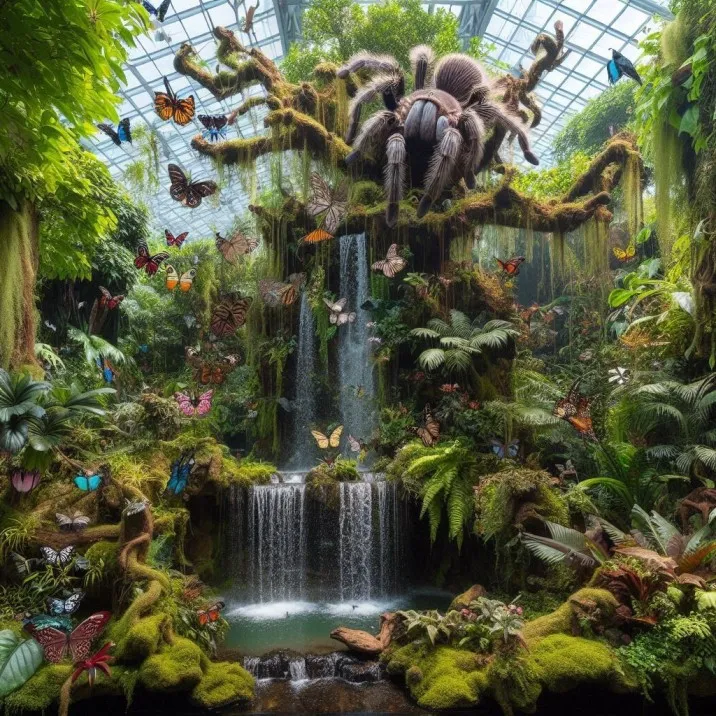
Preventing escapes is one of the most crucial aspects of tarantula enclosure design. The enclosure must have a secure lid that cannot be easily opened or removed by the tarantula. The lid should fit snugly and ideally have a locking mechanism. Regularly inspect the enclosure for any potential escape routes. Ensure all ventilation holes are small enough to prevent the tarantula from squeezing through. When opening the enclosure, be cautious to avoid creating an escape opportunity, and do so in a contained area.
Securing the Lid
The lid is the primary barrier preventing the tarantula from escaping. Choose an enclosure with a secure lid or modify the existing lid with a locking mechanism. Consider using clips, latches, or other fasteners to keep the lid securely in place. Always double-check the lid’s security after any maintenance or feeding activities. Regularly inspect the lid and locking mechanism for any signs of wear and tear. Replace any worn or damaged components immediately. A secure lid provides the best protection against escapes and helps maintain a safe environment for your tarantula and your household.
Final Touches and Ongoing Maintenance
Once the enclosure is set up, regular maintenance is essential to keep it clean, safe, and healthy for your tarantula. This includes regular cleaning, substrate changes, and monitoring the tarantula’s behavior. The best tarantula enclosure is not a set-it-and-forget-it project; it requires ongoing care and attention.
Regular Cleaning and Maintenance
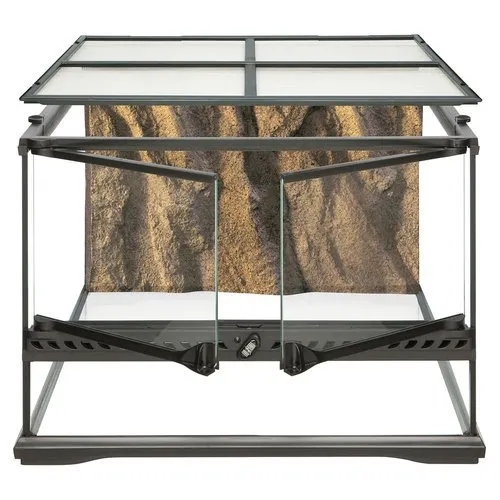
Regular cleaning helps maintain a hygienic environment and prevent the buildup of harmful bacteria and mold. Spot-clean the enclosure as needed, removing any uneaten food, molted skin, or waste. Replace the substrate periodically, depending on the type of substrate and the species of tarantula. A general guideline is to replace the substrate every 6-12 months, but this can vary. When cleaning the enclosure, use a mild, reptile-safe cleaner and avoid harsh chemicals that could harm your tarantula. Always rinse the enclosure thoroughly after cleaning to remove any traces of cleaner. Regular maintenance contributes to the overall health and well-being of your tarantula.
Monitoring Your Tarantula’s Behavior
Observing your tarantula’s behavior is crucial for detecting any potential health issues or environmental problems. Pay attention to your tarantula’s eating habits, activity level, and overall appearance. A tarantula that is not eating, is lethargic, or is exhibiting unusual behavior may be experiencing stress or illness. Regularly inspect the enclosure for any signs of pests or parasites. If you notice any issues, consult with a veterinarian experienced in exotic animals or a knowledgeable tarantula breeder. Early detection and intervention are essential to ensure your tarantula’s health and longevity. The best tarantula enclosure supports your ability to observe and respond to any changes in your pet’s condition.
